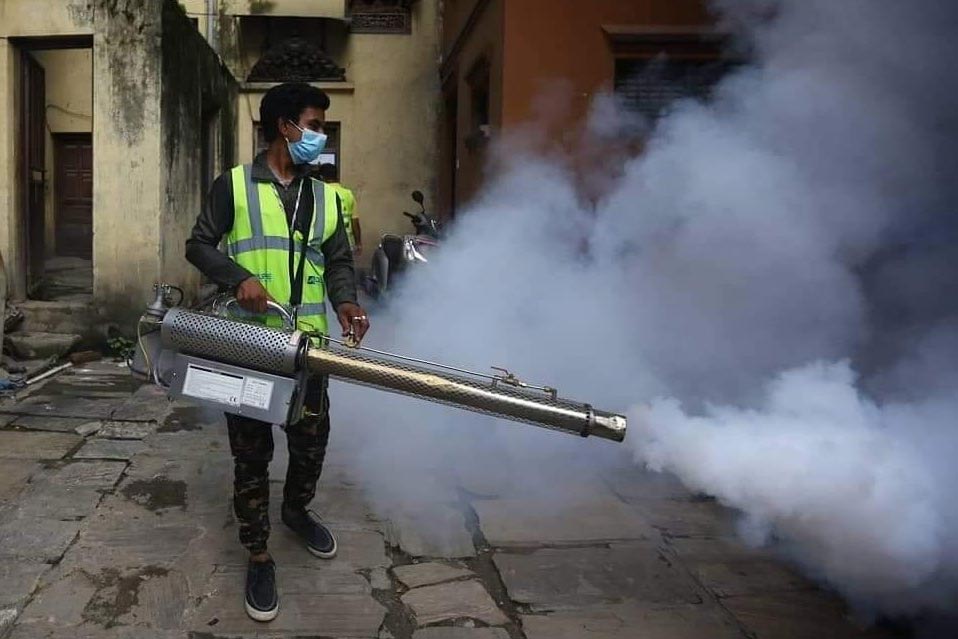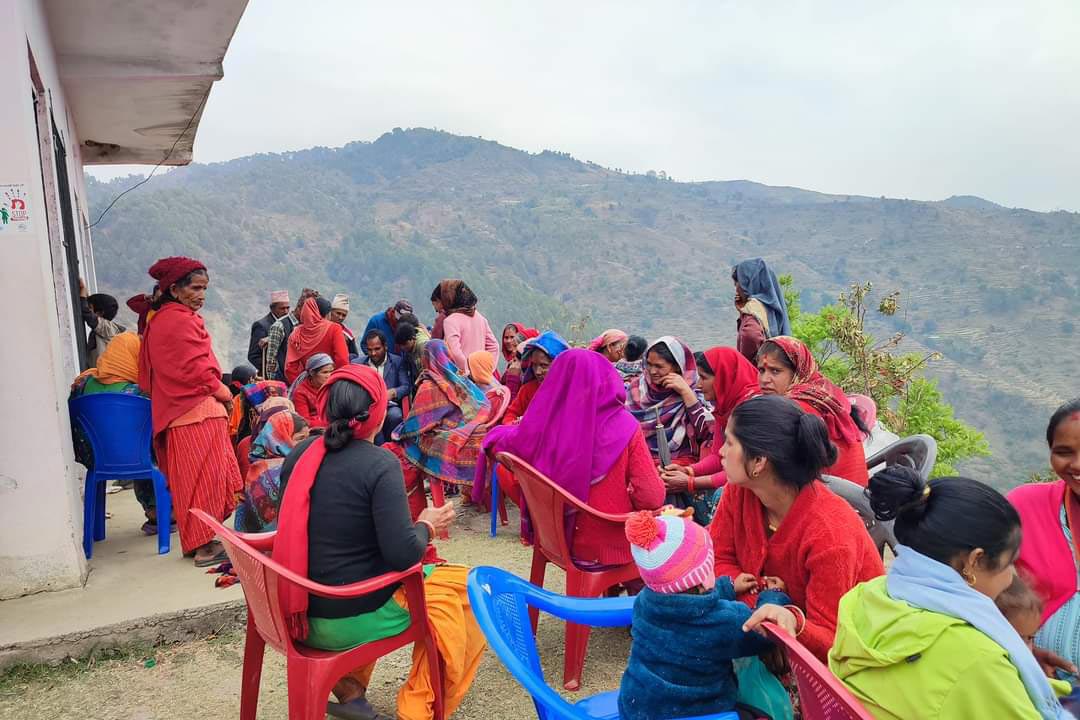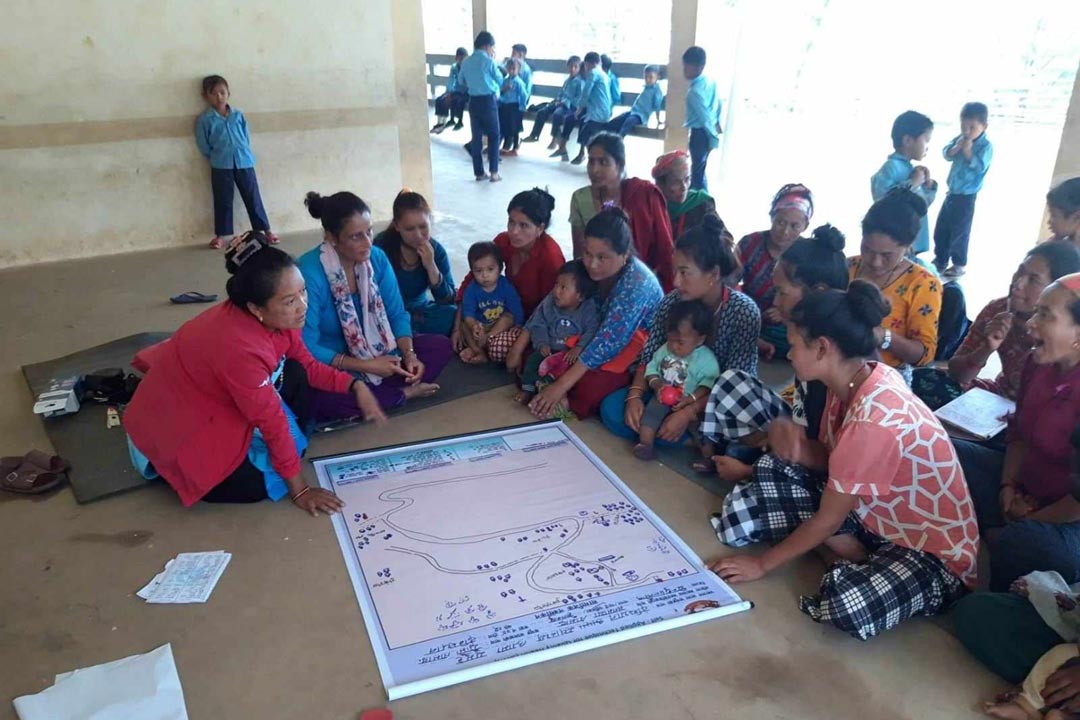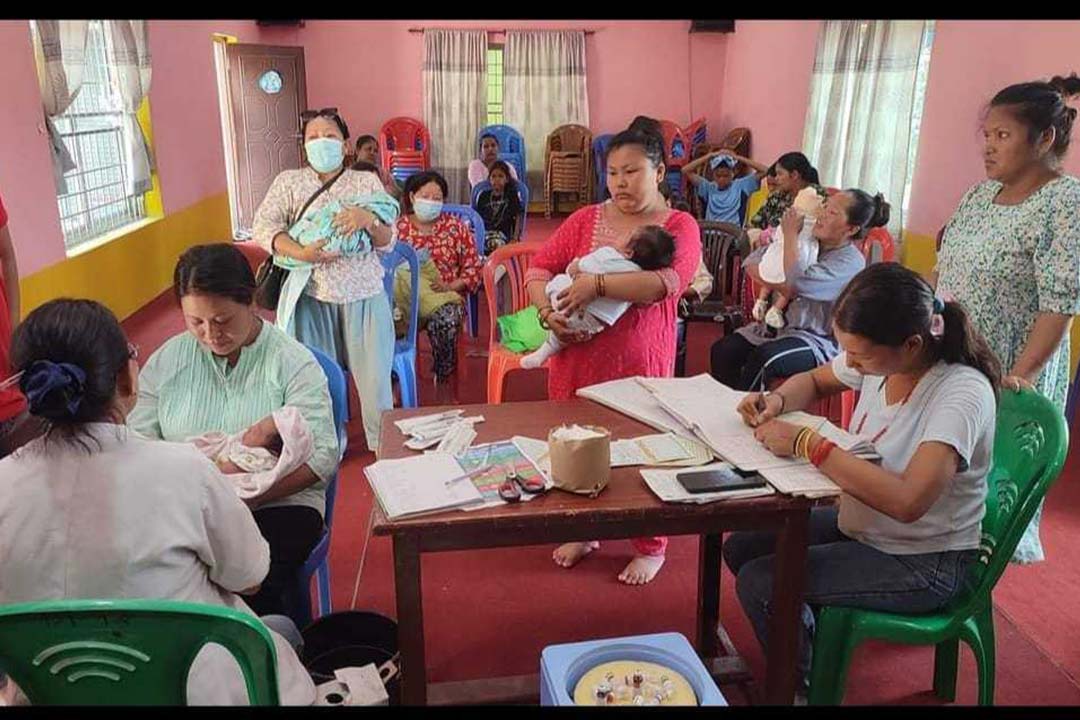Climate change threatens mountainous Nepal with a spike in dengue infections
Classically a disease of lower-lying areas, dengue cases have this year surged in the hill zones of the Himalayan state.
- 10 November 2022
- 5 min read
- by Chhatra Karki

Nirmal Khatri, an entrepreneur from Beni, in Nepal's Myagdi district, was diagnosed dengue-positive on October 8. He had been sick for days – suffering a high, continuous fever of up to 40 degrees Celsius, racked by headaches, vomiting, and body pain – before he was admitted to Myagdi District Hospital for observation.
"After the confirmation of dengue infection, my platelet count decreased to 82,000," Khatri recalls. A healthy person typically has a platelet count of between 150,000 and 250,000 per microlitre of blood, but with dengue, sudden drops in that concentration are common. A minority of dengue patients will see their platelet counts fall below 20,000, at which point they are considered at risk of potentially catastrophic internal bleeding.
In 2006 – during Nepal's first dengue outbreak – 32 cases were reported. This year, so far, there have been 43,685 cases and 52 deaths.
Khatri goes on: “My blood pressure decreased to 80/40 and white blood cell count decreased to 2,200.” He was discharged three days after being admitted, and although his fever subsided, “the pain did not stop for two weeks”, he says, adding, “I am still recovering.”
Unfortunately for the many millions of people diagnosed with sub-severe dengue fever each year, Khatri's painful symptoms are typical enough.
Less typical is his location: Myagdi is a temperate, mountainous district, with an elevation of between 792 and 8,167 metres. Dengue, which is spread by Aedes mosquitoes, has traditionally been considered a bug of lower-lying and tropical climates. And yet, as of October 21, 48 cases had been registered here, according to the Epidemiology and Disease Control Division (EDCD) of the Nepali Ministry of Health.
"I am sure that all this happened due to erratic weather patterns," Khatri muses.
Have you read?
Mountain mosquitoes
The experts more or less agree. "The increase in temperature is the main reason for the spread of dengue infection in the mountains. Even in winter, there is less snow and the winters are warmer," says Ritija Rawal, Public Health Officer at the Health Service Office of Mugu district. Another factor, she says, is the increased movement of people into these more isolated districts on improved road networks.

Credit: Chhatra Karki
Like Myagdi, Mugu is mountainous, with an elevation of between 1,200 and 6,717 metres above sea level – the kind of terrain that used to be inaccessible to the Aedes mosquito, which requires temperatures of at least 10-12 degrees Celsius to survive.
But Rawal has been alarmed to see that this year, Mugu has recorded 12 cases of dengue – an unprecedented surge for this dilutely populated, famously isolated district.
Dr Chuman Lal Das, Director of the EDCD, says, “Diseases that occur in low-altitude areas like dengue have now started to be found in hilly and mountainous districts as the habitat of mosquitoes has shifted to higher altitudes.” In fact, according to the Nepal Health Research Council, mosquitoes have been observed surviving and breeding at altitudes as high as 2,100 metres.

Credit: Chhatra Karki
When mosquitoes make a home in the mountains, dengue isn’t the only threat they bring with them. “In mountainous countries including Nepal, not only dengue but also malaria, Japanese encephalitis and other vector-borne diseases have been observed in high altitudes,” says Dr Meghnath Dhimal, chief of the NHRC’s research section. “Scientists have concluded that climate change is one of the reasons for it.”

Credit: Chhatra Karki
Higher temperatures, higher rates of disease
There is no doubt that Nepal is getting warmer. According to the Department of Hydrology and Meteorology (DoHM), the maximum temperature of Nepal has risen by 2.5°C over the past 40 years, and the average annual maximum temperature of the country has risen by 0.056°C, with greater warming at higher altitudes.
“Diseases that occur in low-altitude areas like dengue have now started to be found in hilly and mountainous districts as the habitat of mosquitoes has shifted to higher altitudes.”
Meantime, Nepal’s dengue burden has skyrocketed. In 2006 – the country’s first dengue outbreak – 32 cases were noted in nine districts. In 2019, 17,992 dengue cases were reported in 68 districts.
This year's figures dwarf that previous high-water mark. Since the outbreak began in June, and until 21 October, there were 43,685 cases and 52 deaths. All 77 districts, from the flat terai to the high mountains, were affected.
Kathmandu, with its high population density, has seen the worst of the epidemic with 12,953 cases. Nirmala Kharel, a lab assistant at Budhanilkantha Health Post in Kathmandu, warns that the real infection figures are likely higher than the official data. “Only people who have symptoms come for testing,” she says.
They're also still rising. In recent weeks, the temperatures in the capital have dropped – and still, says Kharel, the numbers of cases she is seeing have not significantly reduced.
Tackling dengue fever
With no specific treatment available for dengue, and no dengue vaccines yet on the market in Nepal, the best measures for tackling this growing crisis are environmental control and community mobilisation.
“Open water tanks, old tyres, flowerpots inside the house and stagnant water in the garden, which are the major sources of breeding, are being eliminated,” says the EDCD’s Dr Das. In collaboration with local bodies, the Nepali government has initiated a “search and destroy” campaign to find breeding spots, and root out mosquito eggs, larvae and pupae.
Climate change, it's clear, will only bring more challenges. "We also need to increase the adaptive capacity to deal with the health problems caused by climate change, by strengthening our climate-resilient health systems," says Dr Das.









